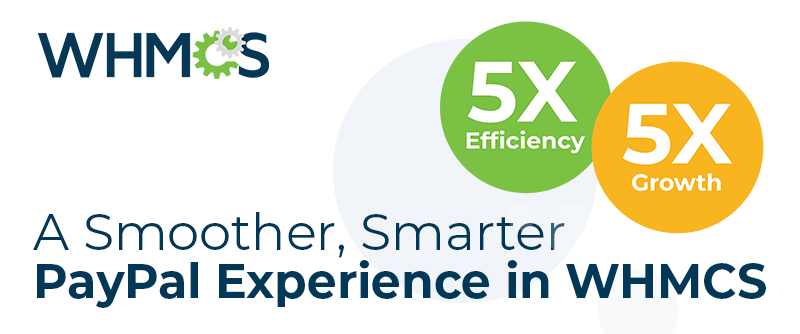
ICANN's New Transfer Policy comes into effect from the beginning of next month setting out new rules regarding changing or updating a domain name's registrant contact information. In this blog article, we take a look at what this means for WHMCS users.
What is the New Transfer Policy?
The Transfer Policy, formerly known as "Inter-Registrar Transfer Policy" or IRTP, sets out how domain transfers should be handled. Up until now, this policy only covered domain transfers between registrars. From December 1st, this will also cover the process of changing ownership of a domain from one registrant to another.
What is the impact of this change?
What this means is that when a registrant performs an update to the registered name, organisation or email address for any gTLD (non-country code) domain they own, a Change of Registrant process will be triggered. This process involves an approval email sent to both the New and Prior Registrant.
The changes will not take effect until the change has been confirmed by both parties, and following the change, the domain will enter a 60 day lock period during which it cannot be transferred or modified again. If either party declines the change, then the change of registrant request is cancelled and the previous whois info remains the same.
What does this mean for end users?
In most cases, but not all, following making a request to change the WHOIS information for their domain, the new registrant will receive an email. This email will ask them:
- to approve or decline the Change of Registrant
- to confirm that their information is correct
Only once both approvals have been received is the change of registrant completed.
Since this is an ICANN policy, every domain registrar must be doing the same thing, right?
Unfortunately not that simple. Here is a summary of how 3 of our most widely used domain registrar providers are handling this:
- Enom - Enom resellers are required to obtain the agreement of their customers to the updated Enom Registration Agreement. Enom will then act as a Designated Agent on behalf of its' domain registrants. This means that whenever a Change of Registrant process is triggered as outlined in the Transfer Policy, Enom will auto-approve the changes, then email the party or parties with a notice of the change. The affected domain will then be placed in a 60-day transfer lock (unless the previous registrant has opted out of the waiting period). More information
- OpenSRS - When a Change of Registrant process is triggered, OpenSRS will ask the registrant to accept Tucows to act as a Designated Agent for all future changes of registrant. If they do so, a future change of ownership from this registrant will not require email verification. OpenSRS has also implemented a timeout period of 7 days, after which time, if the New or Prior Registrant has not responded, the change is aborted and the present owner details will remain in place. More information
- ResellerClub - Every Change of Registrant will trigger the email confirmation process to both the New and Prior Registrant. ResellerClub have also made some backwards breaking compatibility changes to their API that will require an update to the ResellerClub module. ResellerClub's process has a considerably longer timeout period than OpenSRS, allowing up to 60 days. Once approval has been received, the change may take up to 24 hours to take effect. More information
What happens if the current registrant email is invalid or not accessible?
If a confirmation email sent to the New or Prior Registrant bounces, or it is no longer accessible, the reseller will have the opportunity to resend the confirmation request:
- to the same email address (if the bounce was just temporary), or
- via SMS to the phone number supplied for the Registrant.
What do you think about these changes? Let us know in the comments below.


